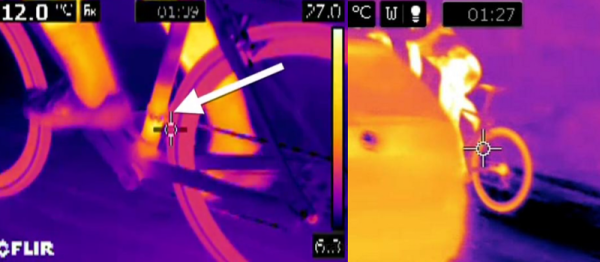Imagine yourself riding through the countryside of Tuscany in the morning, then popping over to Champagne for a tour in the evening without taking a plane ride in the intermission. In fact, you don’t have to leave your living room. All you need is a stationary bicycle, a VR headset, and CycleVR.
[Aaron Puzey] hasn’t quite made the inter-country leap quite like that, but he has cycled the entire length of the UK, from its southern point to its northernmost tip. The 1500km journey took 85 hours over the course of eight months to complete.
CycleVR is actually a VR app created using Unity. It takes advantage of Google street view’s panoramic image data, using Bluetooth to monitor the cycling pace and transition between the panorama capture points. So, the static images of pedestrians and cars clipping and distorting as the panorama images load might throw off the illusion at first, but there’s thousands of side streets and country roads out there where this won’t be as pronounced. Check out the highlight reel from [Puzey]’s journey after the break.
Continue reading “Take A Bicycle Tour Anywhere In The World”

















